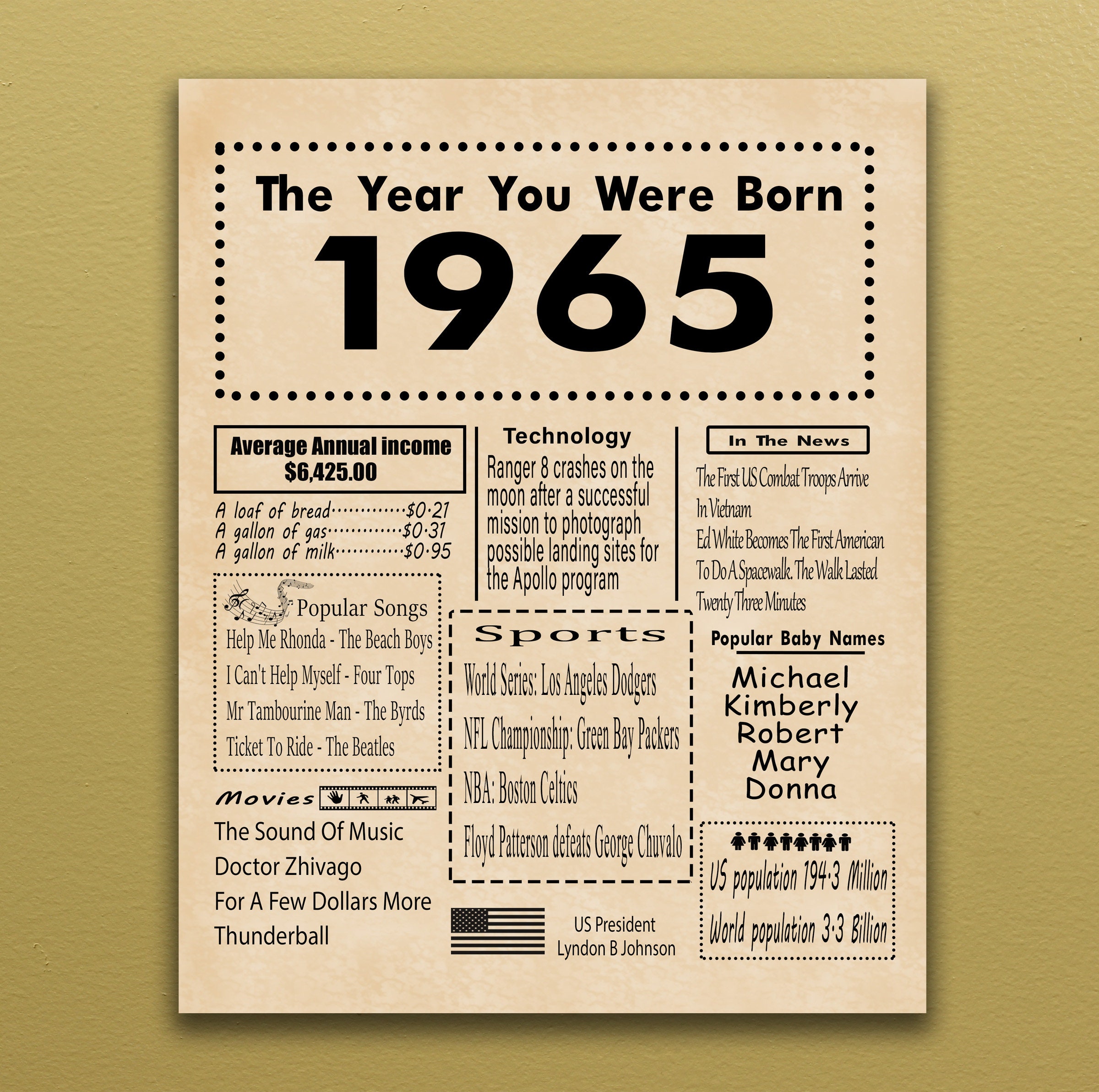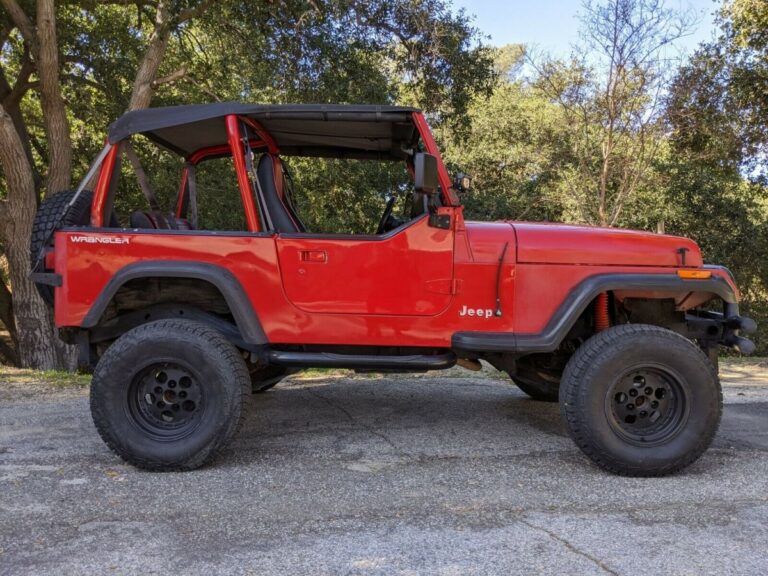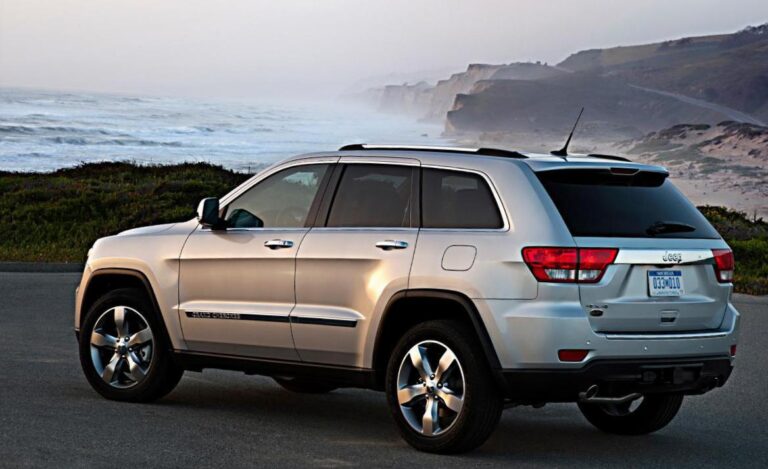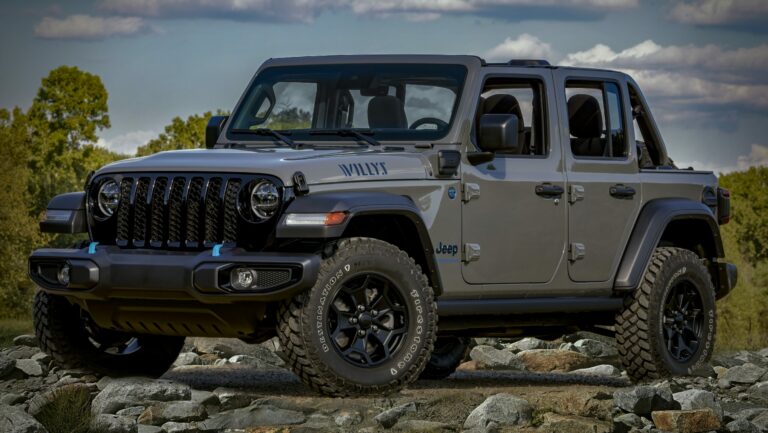1965 Jeep Wagoneer For Sale: A Comprehensive Buyer’s Guide
1965 Jeep Wagoneer For Sale: A Comprehensive Buyer’s Guide jeeps.truckstrend.com
The automotive landscape of 1965 was vastly different from today, yet amidst the muscle cars and family sedans, a quiet revolution was unfolding. This revolution was spearheaded by a vehicle that would redefine an entire segment: the Jeep Wagoneer. Launched in 1963, the Wagoneer was a pioneer, blending rugged utility with unprecedented levels of comfort and refinement for an SUV. Finding a 1965 Jeep Wagoneer for sale today isn’t just about acquiring a vintage vehicle; it’s about owning a significant piece of automotive history, a testament to American ingenuity that laid the groundwork for every luxury SUV that followed.
For enthusiasts, collectors, and those yearning for a tangible connection to the past, the 1965 Wagoneer represents a unique opportunity. Its distinctive styling, robust engineering, and undeniable character make it a highly sought-after classic. However, embarking on the journey to purchase one requires careful consideration, thorough research, and a keen eye for detail. This comprehensive guide aims to equip you with the knowledge needed to navigate the market for a 1965 Jeep Wagoneer for sale, ensuring a rewarding acquisition.
1965 Jeep Wagoneer For Sale: A Comprehensive Buyer’s Guide
The Enduring Appeal of the 1965 Jeep Wagoneer
Designed by the legendary Brooks Stevens, the Jeep Wagoneer, in its 1965 iteration, was far ahead of its time. While competitors were still producing utilitarian wagons with sparse interiors, the Wagoneer offered features previously reserved for passenger cars. It was one of the first 4×4 vehicles available with an independent front suspension (optional), power steering, automatic transmission, and even air conditioning – amenities unheard of in a vehicle typically associated with farm work or military use.
This pioneering spirit is a core part of its enduring appeal. The 1965 Wagoneer effortlessly bridged the gap between a rugged workhorse and a comfortable family hauler. Its clean, boxy lines exude a timeless charm, embodying a period of American design that prioritized function without sacrificing style. Underneath its handsome exterior lay a robust chassis and drivetrain, capable of tackling various terrains while offering a surprisingly smooth ride. For many, the 1965 Wagoneer symbolizes an era of adventure, freedom, and a uniquely American blend of capability and comfort, making it a highly desirable classic for restoration, daily driving, or simply as a collector’s item.
Key Features and Specifications of the 1965 Model
Understanding the original specifications of a 1965 Jeep Wagoneer is crucial for evaluating any vehicle currently for sale. While modifications are common in older vehicles, knowing what came from the factory helps assess originality and potential issues.
- Engine: The primary engine for the 1965 Wagoneer was the innovative "Tornado" 230 cu in (3.8L) Overhead Cam (OHC) inline-six-cylinder engine. This engine was notable for being the first mass-produced OHC engine in an American passenger vehicle. It produced around 140 horsepower, offering a good balance of power and efficiency for its time. Some later 1965 models might have started to see the introduction of the AMC 327 cu in (5.4L) V8 engine, but the Tornado OHC-6 was the staple.
- Transmission: Buyers had choices: a 3-speed manual transmission (either column-shifted or floor-shifted) or a 3-speed automatic transmission. The automatic was often a Borg-Warner unit, later transitioning to a Turbo-Hydramatic 400.
- Drivetrain: The Wagoneer was available in both two-wheel drive (2WD) and four-wheel drive (4WD) configurations. The 4WD models typically utilized a Dana 20 transfer case for part-time four-wheel drive, paired with a Dana 27 front axle and a Dana 44 rear axle, known for their durability.
- Body Style: The 1965 Wagoneer was exclusively a four-door station wagon (SJ chassis). This full-size body offered ample interior space for passengers and cargo.
- Interior: The interior was designed for practicality and comfort, featuring bench seats (front and rear), a relatively simple dashboard layout, and durable materials. Options like power windows and air conditioning were luxury items for an SUV of that era.
- Dimensions: These are full-size vehicles, measuring approximately 183 inches in length with a wheelbase of 110 inches, providing a substantial road presence.


What to Look For When Buying a 1965 Jeep Wagoneer For Sale
Purchasing a vintage vehicle like the 1965 Wagoneer requires a meticulous inspection. Here are key areas to scrutinize:
- Rust: This is the ultimate killer of classic vehicles. Pay close attention to common rust spots:
- Body Panels: Rocker panels, lower door corners, rear quarter panels, wheel arches, tailgate, and the area around the windshield and rear window.
- Frame: Inspect the entire frame for excessive surface rust, perforations, or previous repairs. Look especially at spring perches, body mounts, and cross members.
- Floorboards & Cargo Area: Check under the carpets for rust holes or patchwork.
- Engine Condition:
- Originality: Is it the original Tornado OHC-6, or has it been swapped? A correct engine can add value.
- Leaks: Look for oil, coolant, or power steering fluid leaks.
- Sound: Listen for unusual noises (knocks, ticks, excessive lifter noise).
- Smoke: Blue smoke indicates oil burning; white smoke can indicate coolant issues.
- Compression: A compression test can reveal engine health.
- Transmission and Drivetrain:
- Shifting: Test all gears in both manual and automatic transmissions. Look for smooth engagement without grinding or slipping.
- 4×4 System: If 4WD, engage the transfer case and drive in 4H and 4L (if possible) to ensure it works correctly. Listen for grinding or clunking.
- Differentials: Check for leaks and listen for whining noises during driving.
- Suspension and Steering:
- Leaf Springs: Inspect for sagging or broken leaves.
- Bushings: Check all bushings (leaf spring, control arm, sway bar) for cracks or deterioration.
- Steering Play: Excessive play in the steering wheel could indicate worn steering box, tie rods, or ball joints.
- Brakes: The 1965 Wagoneer came with four-wheel drum brakes. Test their effectiveness and look for pulling or soft pedal feel. Check for leaks around wheel cylinders. Many owners upgrade to disc brakes for safety.
- Electrical System: Test all lights (headlights, taillights, turn signals), wipers, horn, gauges, and any power accessories. Look for frayed wires or amateur wiring jobs.
- Interior Condition: Assess the condition of the seats, dashboard, headliner, door panels, and carpeting. Original interiors, even if worn, can be desirable for preservation.
- Documentation: Service records, original owner’s manuals, and a clear title are invaluable. They provide a history of the vehicle and confirm ownership.
The Restoration Journey: Challenges and Rewards
Acquiring a 1965 Wagoneer is often the first step in a restoration journey. This path presents both significant challenges and immense rewards.
Challenges:
- Parts Availability: While many mechanical components are shared with other AMC/Jeep vehicles of the era, unique trim pieces, body panels, and specific engine parts (especially for the Tornado OHC-6) can be difficult and expensive to source. Reproductions are becoming more common but might not always be perfect.
- Specialized Knowledge: Working on a 60-year-old vehicle requires specific knowledge of older mechanical and electrical systems. Finding experienced mechanics familiar with these vintage Jeeps can be a hurdle.
- Cost: Restoration costs can quickly exceed the vehicle’s initial purchase price. Rust repair, engine rebuilds, paint jobs, and interior refurbishment are labor-intensive and costly.
- Unexpected Issues: Hidden rust, previous shoddy repairs, or unforeseen mechanical failures are common during restoration, leading to budget overruns and delays.
Rewards:
- Preserving History: You become a custodian of an important piece of automotive heritage.
- Unique Vehicle: A properly restored 1965 Wagoneer stands out in any crowd, drawing attention and admiration.
- Personal Satisfaction: The process of bringing a classic back to life is incredibly rewarding, offering a tangible sense of accomplishment.
- Potential Appreciation: Well-maintained and correctly restored classic Wagoneers have shown a steady appreciation in value over time.
- Community: Joining the vibrant community of classic Jeep owners provides support, advice, and camaraderie.
Practical Advice for Prospective Buyers
- Define Your Goal: Are you looking for a show-quality restoration, a reliable driver, or a project? This will significantly impact your budget and the type of vehicle you seek.
- Set a Realistic Budget: Beyond the purchase price, factor in immediate maintenance, potential repairs, and long-term restoration costs. A good rule of thumb is to assume you’ll spend at least 50% of the purchase price (and often much more) on initial improvements.
- Do Your Homework: Research common issues, learn about the different engine/transmission options, and familiarize yourself with the parts market.
- Get a Pre-Purchase Inspection (PPI): Unless you are an expert, always hire a qualified mechanic specializing in vintage vehicles to perform a thorough inspection before you buy. This small investment can save you thousands.
- Join Enthusiast Communities: Online forums (like the International Full Size Jeep Association – IFSJA), Facebook groups, and local clubs are invaluable resources for advice, parts leads, and support.
- Be Patient: The perfect 1965 Wagoneer might not appear overnight. Don’t rush into a purchase. Wait for the right vehicle that aligns with your goals and budget.
- Consider Shipping Costs: If buying out of state, factor in transportation expenses.
Price Guide: 1965 Jeep Wagoneer For Sale (Estimated Ranges)
Prices for classic vehicles like the 1965 Jeep Wagoneer vary significantly based on condition, originality, location, market demand, and recent sales. The table below provides general estimated price ranges based on typical condition categories. These are not definitive but offer a helpful guide.
| Condition Category | Description







